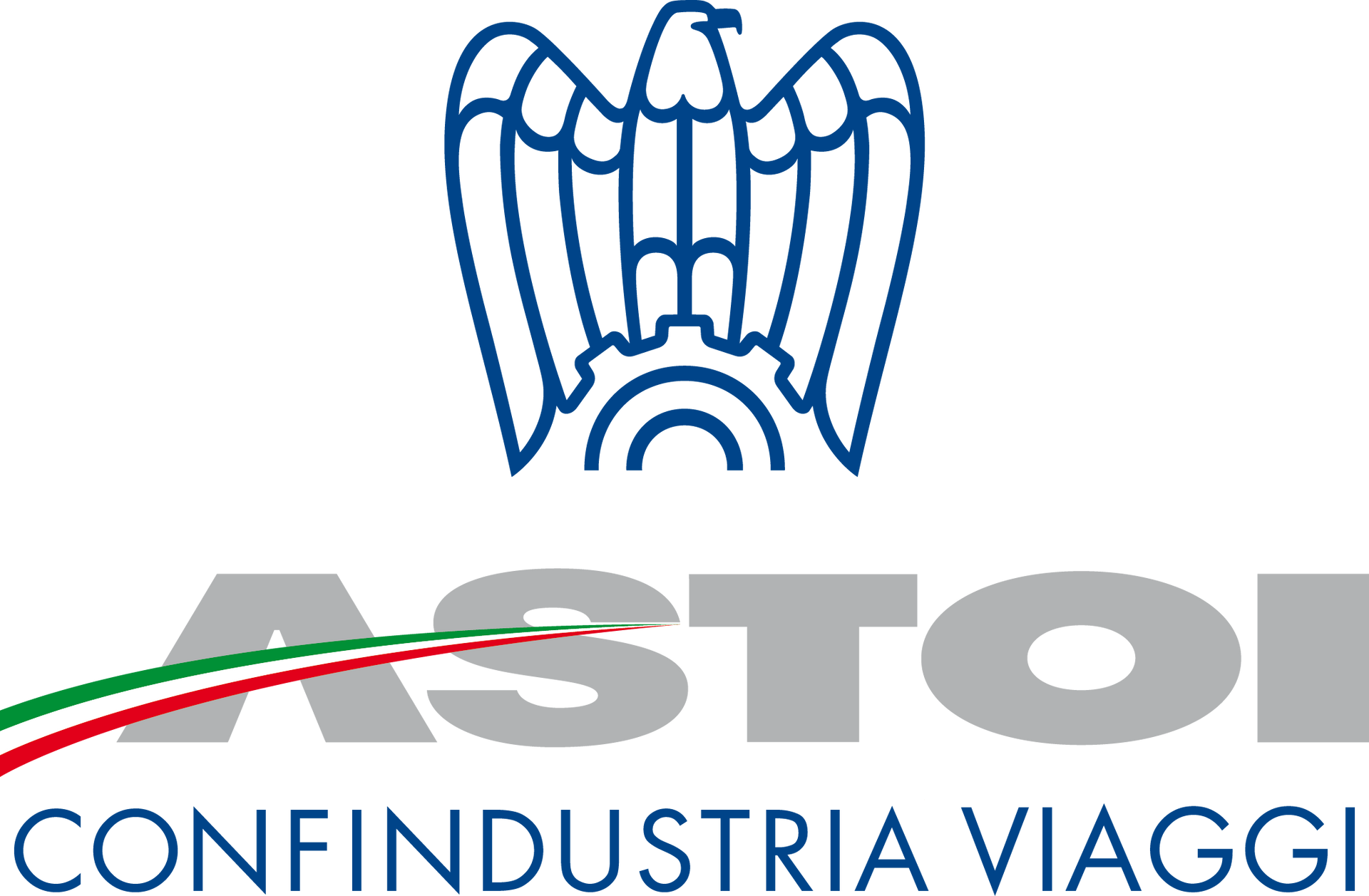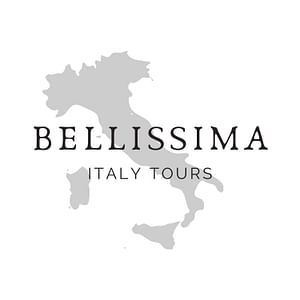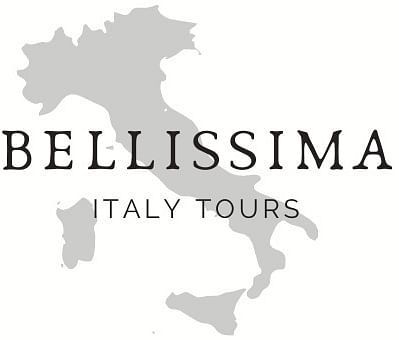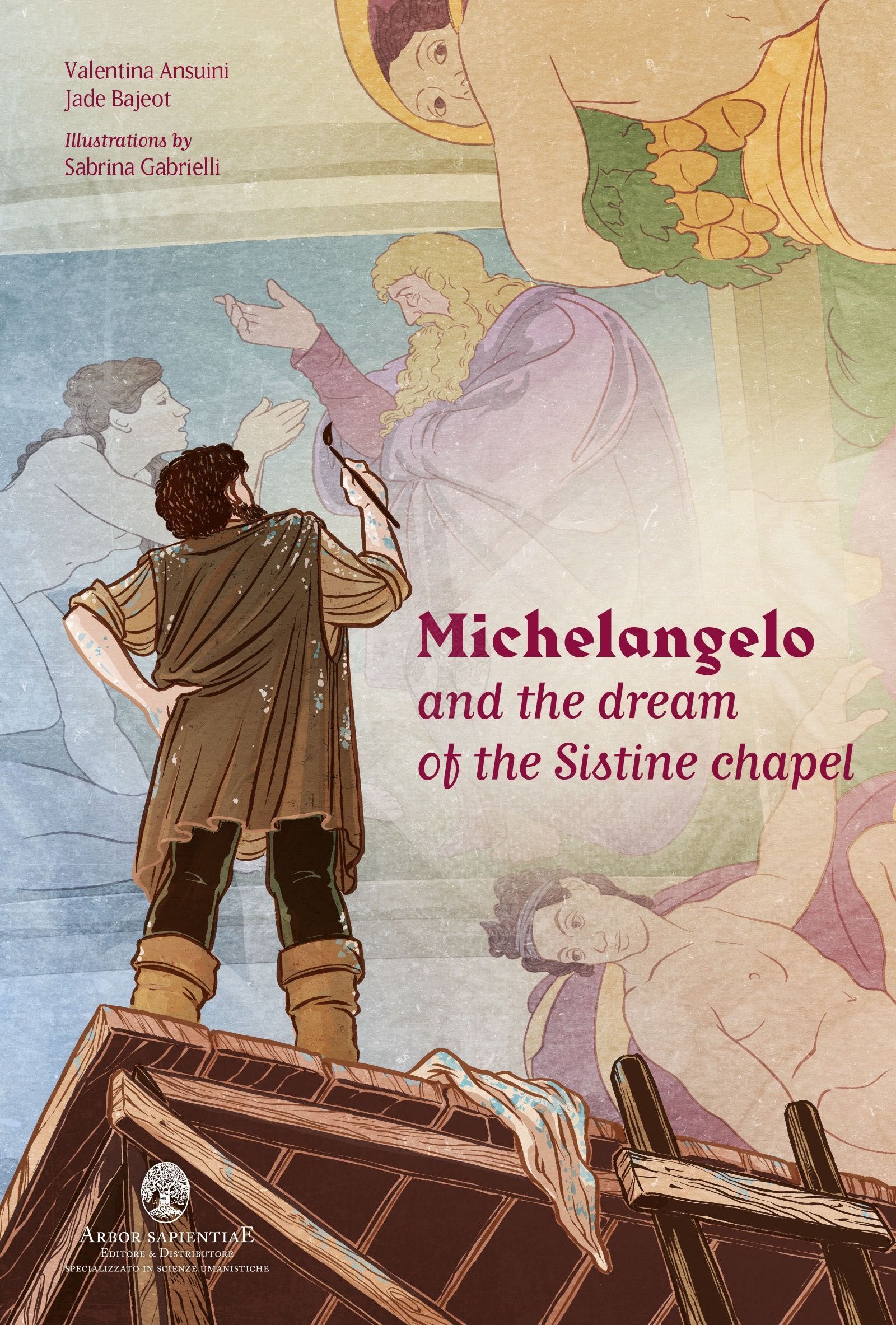How did Michelangelo paint the Sistine Chapel?
Secrets of the fresco tecnique
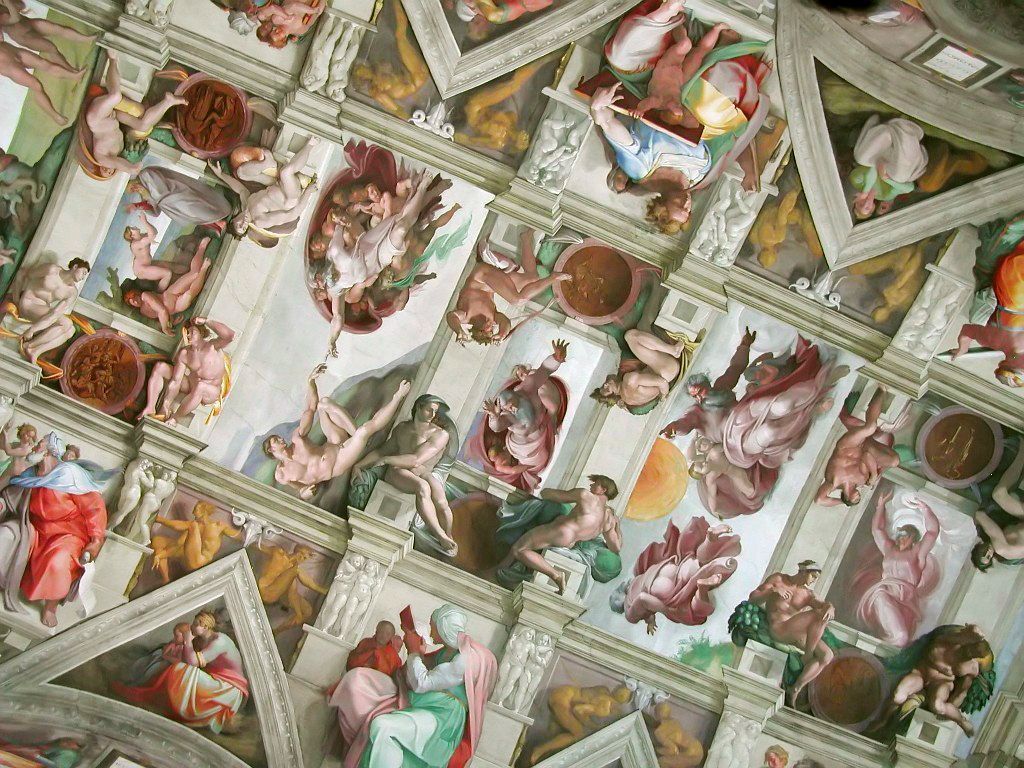
Michelangelo is the absolute protagonist of every visit to the Vatican Museums
His memory is mixed to the legend that he became.
It's hard, today, to think about the man he was and the real social environment he was dealing with
in the city of the XVI century...
Separating the legend from the real person who lived, loved and dreamt, fighting to affirm the dignity of his work.
When Michelangelo was hired for ceiling of the Sistine Chapel (1508), he was in his thirties.
A young and very talented sculptor, well known by the members of the Roman aristocracy.
Yes, this might seem incredible: in the Sistine Chapel he had to face the challenge of a huge frescoed surface... for the first time!
To understand the enormous difficulties of the task, we need to clarify what, technically, a FRESCO is.
- First of all, it is a WATER based painting.
The color is liquid, matt and dries very quickly.
There's no way to obtain those effects of transparency that you can get with oil colors, overlapping several subtle layers.
In a fresco, you need to fill wide fields of color, following the guideline of a drawing.
- Second very important element: the paint for a fresco is only made of inorganic pigments + water.
Another water based technique, still used by the artists, is TEMPERA. The difference is that, with tempera colors, you need to add an organic ingredient to make the color stick to the surface. In the past, when colors were handmade and not industrially produced, the fatty matter employed could vary: the most common was egg, milk or a kind of isinglass.
In a fresco, the connection between the pigments and their support is a chemical reaction:
the plasterwork carbonation.
The colors permeate the surface of the wall and they blend with the wet lime plaster.
Since the pigments penetrate into the external layer of the wall, a fresco is among the most durable painting technique.
A good chemistry of colors is the main ingredient for a good fresco.
In a fresco, you can't make mistakes.
The surface usually dries in 7-8 hours. Once it's done, it's not possible to modify details or making changes.
in case of an afterthought, it is necessary to break the wall and start the process all over again.
Here the main steps to paint a fresco
List of Services
-
DrawingItem Link List Item 1
This is a fundamental part, the true creative phase.
The drawing was made on paper, scale 1:1 and called cartone.
The cartone was not just a skecht, but a complete project with all its details, ready to be trasferred to the final work of art.
-
Preparing the wallItem Link List Item 2
A fresco painting is stricty connected to its environement. When mixing the ingredients to prepare the wall, the level of the humidity of the place and also coming from the ground must be taken into account.
The artists needed to balance the composition of their fresco according to the humidity conditions and the local materials they had available.
The wall prep consisted in several layers overlapping. Sand, water and plaster were spread to get stability and a smooth surface to work on :
- Rinzaffo - the first rough layer, spread directly on the support (the wall made of bricks)
- Arriccio - a smoother level where, usually, the drawing was trasferred.
- Intonachino - this last layer was obtained adding powder of marble to the mixture and it's the part that had to absorb the colors.
The part of the wall that the artists filled with intonachino and colors day by day is called GIORNATA.
The edges of these sections remain visible at a closer look and they usually follow the shape of the figures.
-
Bringing the drawing to the surfaceItem Link List Item 3
There are different ways to tranfer the drawing to the wall.
The two main ones:
- spolvero - the technique consists in making small holes all along the lines of the drawing and going over with a black charcoal, to get a very detailed drawing on the wall to be painted.
- engraving - more approximate and faster technique. The design is engraved by directly tracing the lines from the paper project to the wall with a pointed stylus.
-
ColoringItem Link List Item 4
The handmade colors are finally spread on the still wet wall in large backgrounds.
The final result is not immediately visible, as the color is darker before it dries.
In technical jargon, the fresco "blooms" (reveals the definitive colors) only one day after being painted.
When working in the Sistine Chapel, Michelangelo had to design suspended scaffolding that would cover a huge area, in order to let him work on the ceiling, while the Sistine Chapel was still available for the services of the papal court.
His body position at work was very uncomfortable, standing for hours to reach the surface to paint.
Although Michelangelo was still young at the time, his neck and back suffered from hard work and his eyes had many problems later, due to the drops of color dripping everyday from the brushes.
It is a common mistake to imagine him painting laying on his back.
Painting such a large fresco ceiling was a challenge that no one had ever faced before
and it was the challenge that changed Michelangelo's life and career.
Most of the information for this post was taken from this book:
"Michelangelo and the dream of the Sistine Chapel"
Bellissima Italy Tours is an authorized tour operator and travel agency
Bellissima Italy Srls
P. IVA 17471341002
Autorizzazione della Provincia di Roma Protocollo n. RM/RI/PRA/2024/159786
Polizza RC Agenzie Viaggi Heca n. HEC034446/P/2025
Fondo di Garanzia Il Salvagente N.2025/1-0122 contro rischio insolvenza
Iscrizione AIAV N. 2030/25

